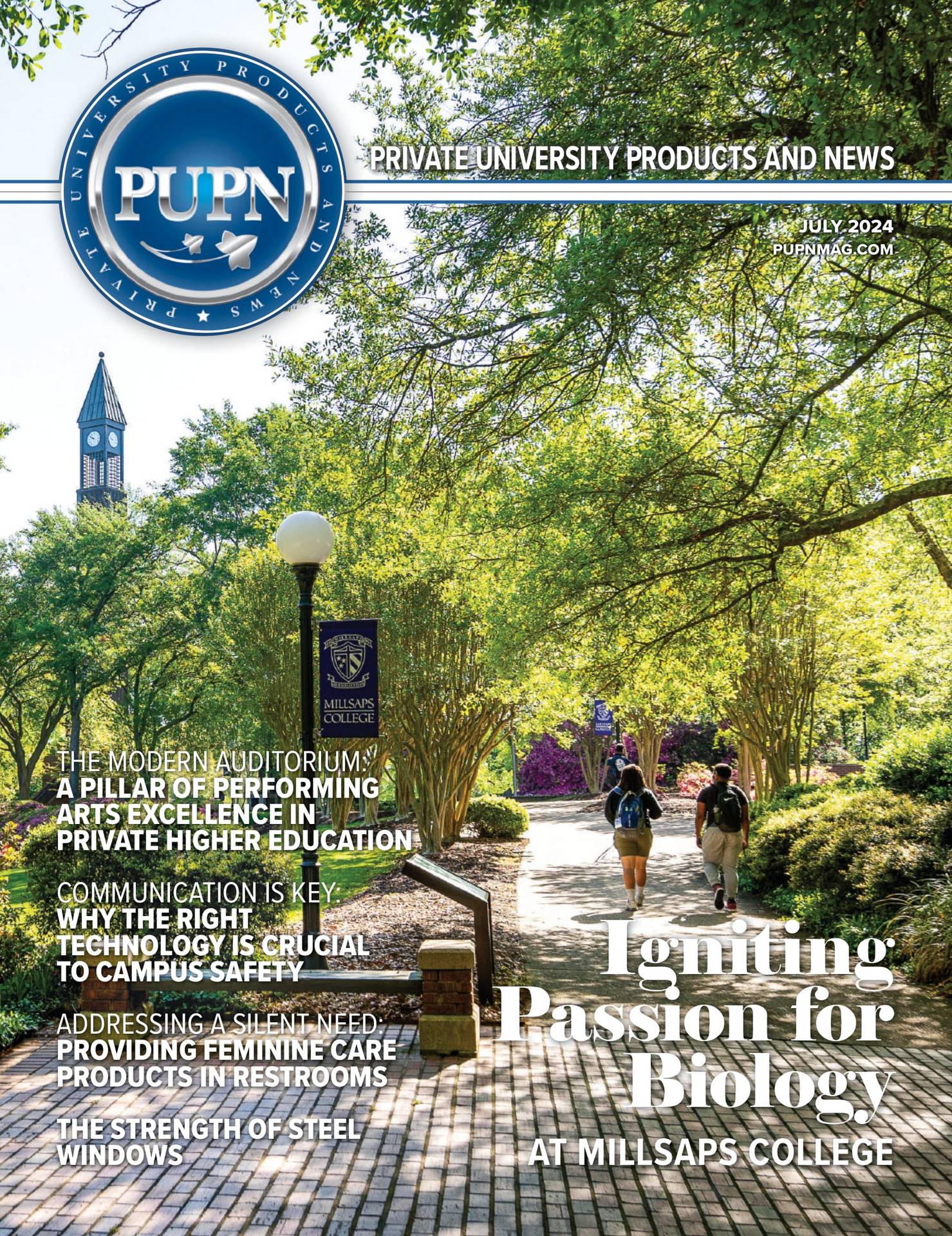Defining exactly what an Access Control System (ACS) is and how it functions has become increasingly difficult as technology has expanded both features and uses. At face value, the meaning of ACS seems clear: an electronic system that controls access to doors, rooms, buildings, and other places where a traditional brass key was once used. Once used to only control simple access, the systems now provide a full range of security-enhancing services as well.
Access Control Systems can vary in the capabilities they offer. This article examines the unique features of a complete Access Control System—features that could revolutionize the way people think about buildings and security from this point onward.
Flexibility and Scalability
The abilities to modify and grow the system are undoubtedly two of the most broadly impactful features of a modern and robust ACS. These systems can scale with campus growth instead of requiring constant upgrades or complicated workarounds. Because of this flexibility, these systems can continue to meet security needs without expanding expenses. Good Access Control Systems are designed to integrate with a variety of popular hardware products and to uphold industry standards. Additional flexibility is inherent with a system that is designed to connect to a variety of databases. An open-architecture, modular design allows administrators to efficiently adopt new technologies and quickly and easily address ever-evolving security needs on campus.
Simplicity and Accessibility
With the prevalence of always-on, always-connected devices, people now expect applications to be available around the clock. Laptops, tablets, and mobile phones have given people the freedom to access the programs we rely on from anywhere at any time; an ACS should be just as readily available and simple to use. Browser-based access software does not depend on any specific platform. With internet access and a device capable of running a modern web browser, campus security teams can gain vital information to help manage all buildings and facilities.
These systems should also be simple to use. A simple and accessible ACS platform should be designed in a straightforward manner, allowing the ability to customize and modify the display to best fit specific security needs and circumstances. Not every building or security situation is the same, and each ACS should be flexible and simple enough to conform as needed.
“One of the major benefits of a cohesive access platform is the convenience of a single, centralized point of control over all security touchpoints. Users should be able to see at a glance which access points are open or closed and to lock down a door, a room, or a whole building at the touch of a button—even from an off-premises location”.
Central Location
One of the major benefits of a cohesive access platform is the convenience of a single, centralized point of control over all security touchpoints. Users should be able to see at a glance which access points are open or closed and to lock down a door, a room, or a whole building at the touch of a button—even from an off-premises location. What once would have required multiple people and person hours can now be done from a screen in almost any secure location.
This ability to interact with security touchpoints remotely can improve outcomes when campuses are faced with life-or-death security threats. Going into lock down can be done remotely and instantaneously. Evacuating a building can be managed and coordinated from a basic but secure web browser.
Modern Hardware
The move from traditional brass keys through the more modern plastic programmed cards to mobile credentials has been swift. From a physical key to an encoded card, to phone app, accessing rooms and buildings has never been easier or more secure. Not that long ago, building administrators had to worry about dispensing physical keys for each room in a dorm; these keys were costly, inconvenient, and hard to secure. Loss or theft meant that anyone could potentially gain access. With the advent of electronic locks and key cards, these details became more economical and a lot easier to manage.
Reusable cards can now be issued and access can be granted through access control software. Lost or stolen cards can be deactivated quickly, and new ones can be encoded with a click. While still a physical item that could be misused and potentially lost, these cards represent a huge leap forward in creating more secure environments. As access security continues to evolve, the plastic card solution has become an easy-to-manage app on any mobile device that is capable of housing multiple access credentials.
Data
The electronic, always-connected ACS also grants the ability to routinely audit and analyze the organization’s security needs. The access platform allows security personnel to review when each door was opened, by whom, and how frequently it is used. This data provides valuable insight on site vulnerabilities, additional needs, and potential solutions before they become security problems.
Whether an organization is an Access Control System first-timer or a seasoned pro looking to enhance overall security and safety offerings, adopting a flexible and adaptable ACS can be the most cost-effective choice for evolving campus security.










